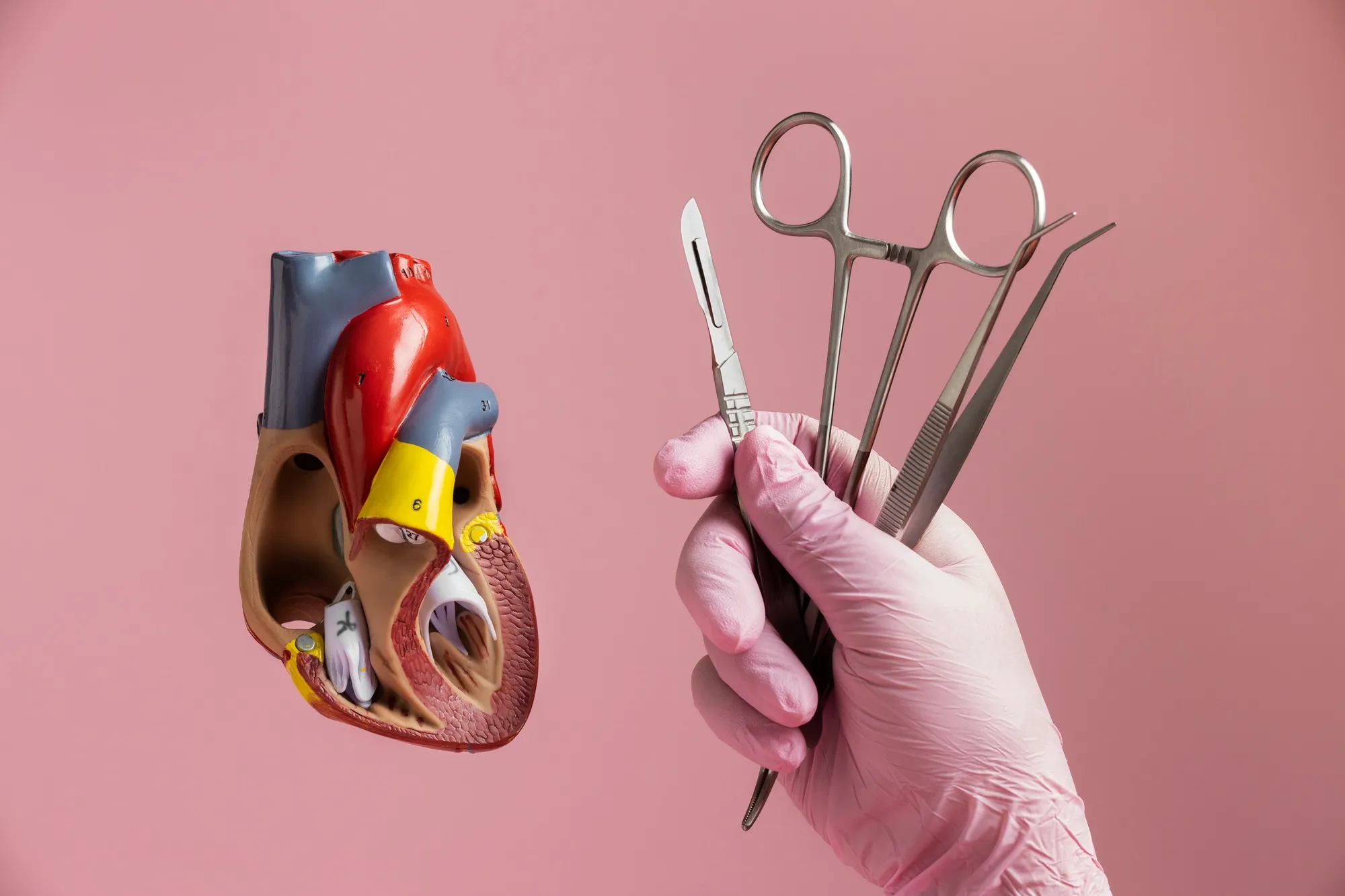Heart transplants have represented a beacon of hope for many facing severe cardiac conditions, restoring not just vital function but also the promise of life renewed. Despite remarkable advancements, the specter of transplant rejection has loomed persistently, with cardiac allograft vasculopathy (CAV) being a notorious culprit for late-graft failure and post-transplant mortality. CAV’s insidious march wrathfully constricts vessels, thwarts the lifeline that a new heart ought to assure, a daunting challenge that has persisted in the medical community for decades.
However, in what edges toward a medical tour de force, a groundbreaking study published in the American Journal of Transplantation on January 14, 2024, offers newfound enlightenment on the pathogenesis of chronic antibody-mediated rejection (CAMR) due to CAV. Spearheaded by a commendable team from the University of California, Los Angeles, together with the Lerner Research Institute at the Cleveland Clinic, this research brings forth a beacon of understanding that might eventually help combat this vexing complication.
The Pioneering Study
DOI: 10.1016/j.ajt.2024.01.004
In this advanced multi-omic exploration, the team harnessed the prowess of GeoMx digital spatial profiling (DSP) to meticulously analyze arterial areas of interest (AOIs) in rejected heart transplant grafts plagued by CAV, in conjunction with donor-specific antibodies (DSA).
Three donor hearts headlined this study, furnishing 22 specific AOIs stratified by the extent of their CAV-induced neointimal thickening. In a herculean effort, each segment of stricken vasculature underwent whole transcriptome and protein profiling, providing an atlas of the molecular tumult underlying CAV.
Astounding Discoveries
The researchers’ analytical foray compared the transcriptomic tumult of these CAV-afflicted tissue samples with what one might find in pristine, healthy control vessels secured from rapid autopsy myocardial tissue. This critical juxtaposition brought to light distinct pathways and transcripts indicative of the heightened inflammatory profiles thundering within CAV lesions.
Further granularity was achieved by charting the molecular distinctions between lesions manifesting low versus high levels of neointimal swelling. Lesions modest in neointimal thickening were hotbeds of activated inflammatory infiltrates, chock-full of endothelial cell activation transcripts and gene modules orchestrating metalloproteinase activation and the grim symphony of TP53 regulation of caspase pathways. Correlating with these inflammatory gene modules, specific proteins associated with inflammation and apoptosis emerged, signaling an uneasy state of cellular duress.
Conversely, lesions embroiled in high neointimal accretion presented an elevated profile of TGFβ-regulated transcripts amidst modules plump with platelet activation and aggregation signatures. It would seem, then, that in these zones where the arterial suit has thickened, a narrative of growth factors and survival proteins correlates with scripts rich in cellular proliferation and repair, an attempt by the besieged vessel to mend the relentless onslaught of immune provocation.
Implications for the Future of Transplant Medicine
This study’s insights furnish an exceptionally refined understanding of the differential molecular mechanisms underlying CAV’s pathogenesis. The dissection of inflammatory versus reparative pathways in the context of CAMR heralds not just an academic curiosity but paves the way towards tailored therapeutic strategies that could one day thwart the looming threat of graft rejection.
Reflecting with the Researchers
Dr. Elaine F. Reed, a chief investigator from UCLA, shares, “Our research offers a fresh perspective on the immunological interplay at the heart of CAV. By distinguishing between the molecular signatures of different lesion types, we’ve unearthed valuable targets for potential intervention.”
Supporting her fervor, William M. Baldwin III from the Cleveland Clinic adds, “Chronic rejection has long been the ‘Achilles heel’ of heart transplants. These findings provide the compass points for developing directed therapies aimed at specific stages of lesion progression.”
References
1. Nevarez-Mejia, J. J., et al. (2024). Spatial Multi-omics of Arterial Regions from Cardiac Allograft Vasculopathy Rejected Grafts Reveal Novel Insights into the Pathogenesis of Chronic Antibody-Mediated Rejection. American Journal of Transplantation.
2. Pickering, H., et al. “Complement and Antibody-Mediated Rejection in Cardiac Transplantation.” (2023). American Journal of Transplantation.
3. Sosa, R. A., et al. “Endothelial Activation and the Progression of Cardiac Allograft Vasculopathy.” (2023). Journal of Heart and Lung Transplantation.
4. Valenzuela, N. M., Fishbein, G. A., & Baldwin, W. M. “The Role of Platelets in Chronic Organ Transplant Rejection.” (2023). Transplant Immunology.
5. Fairchild, R. L., & Reed, E. F. “Biomarkers and Pathogenic Pathways in Transplantation: A Multidirectional Approach.” (2023). Transplantation.
Keywords
1. Cardiac Allograft Vasculopathy
2. Chronic Antibody-Mediated Rejection
3. Heart Transplant Rejection
4. Donor-Specific Antibodies
5. Endothelial Cell Injury in Transplants
In Conclusion
This peerless academic foray illuminates untrodden paths in the understanding of heart transplant rejection and offers a potentiated prism through which to view the future of transplant immunology. The revelatory insights from this multi-omic approach could lead to a seismic shift in how medical professionals approach, manage, and ideally, prevent CAMR in heart transplantation. As research strides forward, each new comprehension becomes a cornerstone for the next beacon of hope for transplant patients worldwide.
